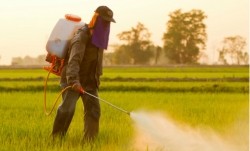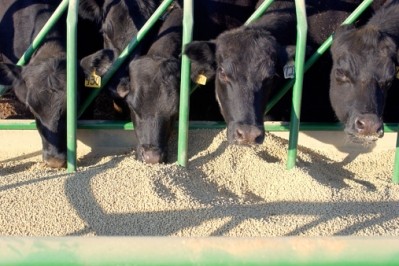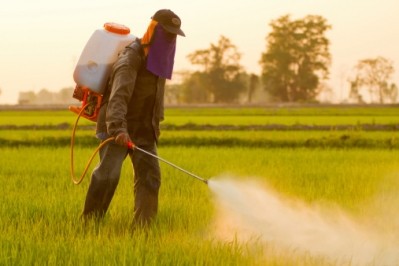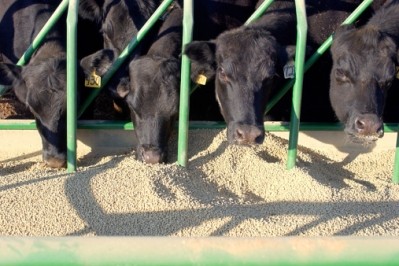Endocrine disruptor standards could damage livestock feed

Chemicals labelled as endocrine disruptors, as a result, will see their availability restricted. And while these chemicals are not directly fed to livestock, feed grown with pesticides and herbicides that include endocrine disruptors could see production impeded as the plant protection market is shaken up.
Choosing ‘option 2’ of four policy options published in June 2014, the Commission has kept the 2002 definition proposed by the World Health Organization (WHO) – that a substance is an endocrine disruptor (ED) if it adversely affects human health, has an endocrine mode of action and if there is a causal link between the adverse effect and mode of action. This is now being integrated into the EU chemical controls.
But the European Crop Protection Agency has emphasised it was “not appropriate for regulatory purposes”. The industry’s biggest criticism is that option 2 does not take ‘potency’ of a substance into account and that the Commission wants to make decisions on derogations based on hazard.
Job loss fear
EU farm body Copa secretary general Pekka Pesonen said a scientific, risk-based approach was essential. “While the EU is putting more restrictions on plant protection products (PPPs), many substances already banned in the EU are still used in non-EU countries, putting farmers at a clear competitive disadvantage,” he said. “Failure to retain an economically competitive EU agriculture sector puts European jobs at risk while reducing the diversity of high-quality agri-food products available to consumers.”
The impact assessment with the proposals suggested 13 fungicides, nine herbicides and four insecticides were at risk of being classed as EDCs and so could be removed from the market.
Copa’s press officer Amanda Cheesley added that while meat was not directly affected by EDCs, she told GlobalMeatNews: “As the main sector impacted is cereals, the proposal could result in less plant protection products on the market for them.”
No meat contamination
This could affect meat prices indirectly, however, as the Commission itself admitted crop production would become more expensive and the cost could be passed on to consumers.
The meat industry was reluctant to comment. “We are not following the issue,” said the European Livestock and Meat Trades Union’s (UECBV’s) veterinary adviser Dr Claudia Vinci. The EU liaison centre for the meat processing industry (CLITRAVI) secretary general Dirk Dobbelaere said: “EDCs are a very complex issue,” arguing there was no problem with meat contamination from EDCs.
‘Too strict’
Meanwhile, environmental organisations are angry at the proposals, saying their scope is too narrow.
And while the Commission wants to implement the new rules quickly, with help from the European Food Safety Authority and European Chemicals Agency, many MEPs at the European Parliament are threatening to veto them. For example, the greens group environment and health spokesperson Bas Eickhout said the Commission’s definition was “very restrictive”.
This view was backed by the Endocrine Society itself, whose president Henry H Kronenberg said the criteria were “too strict to effectively protect the public from endocrine-disrupting chemicals”. He added: “The European Commission has set the bar so high that it will be challenging for chemicals to meet the standard, even when there is scientific evidence of harm.”


















